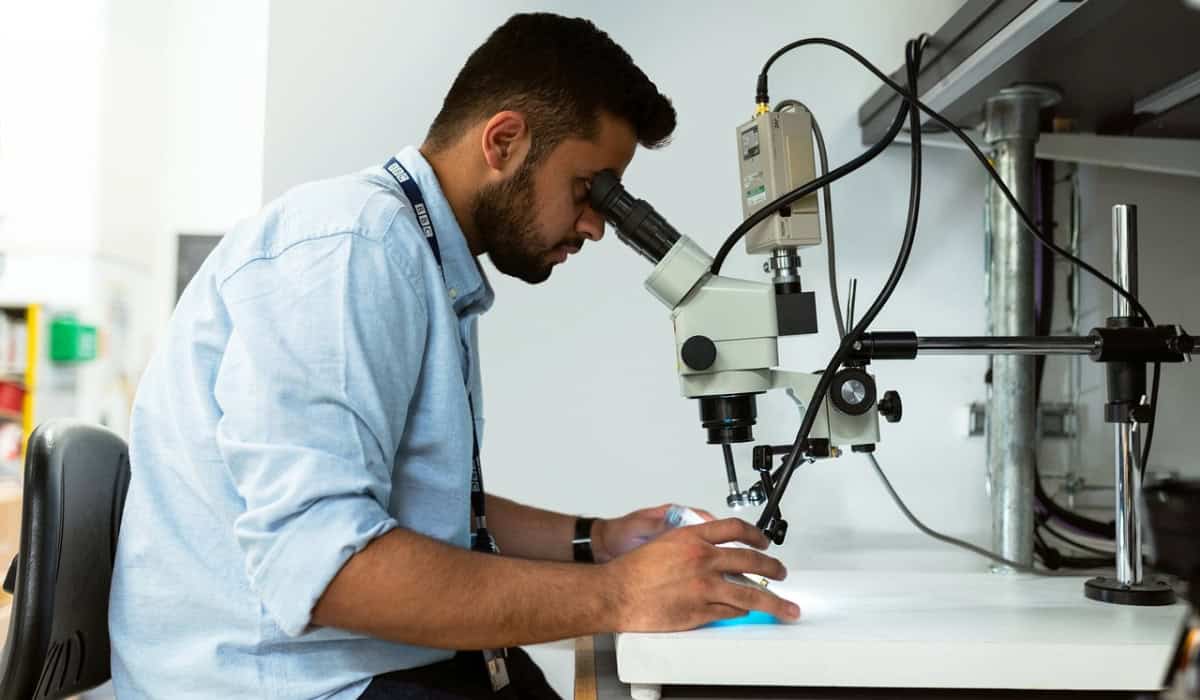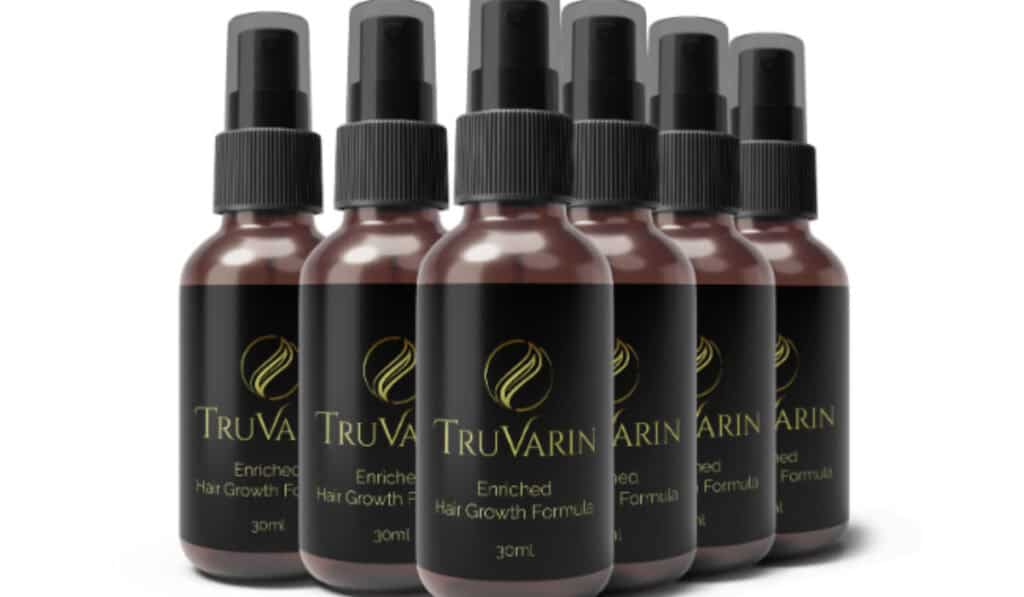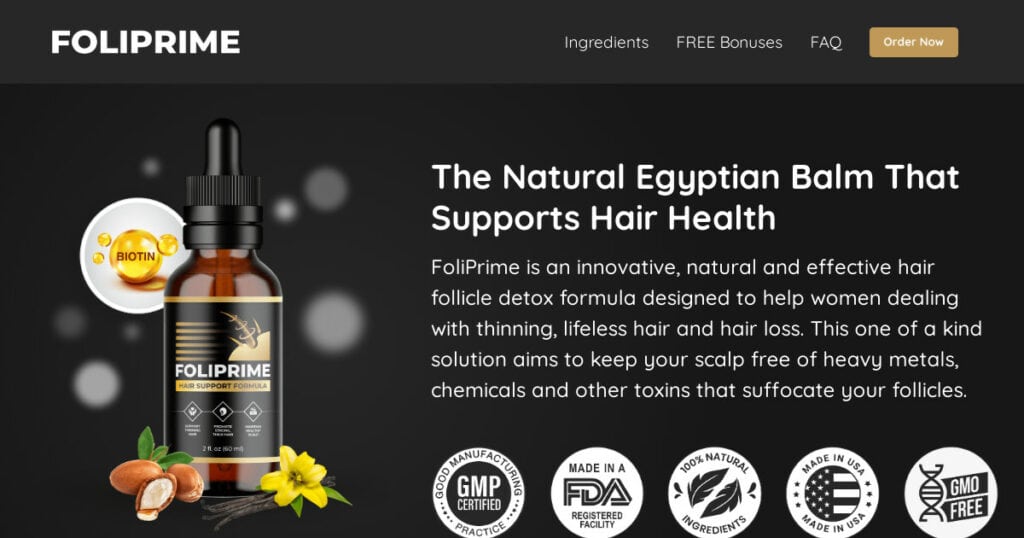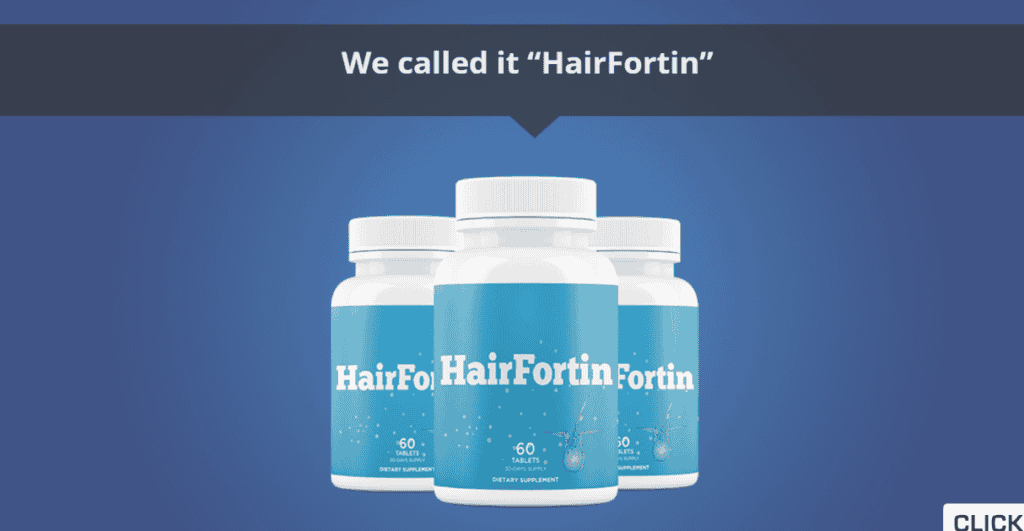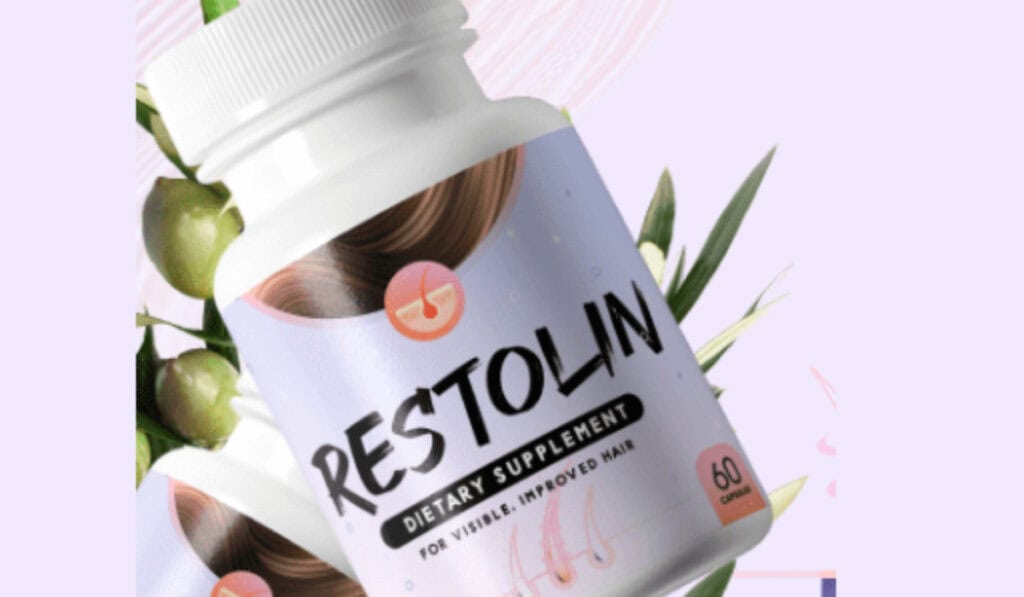A Deep Dive into What Affects Your Locks
Have you ever wondered why your hair grows the way it does, or why it might be thinning or falling out? The science behind hair growth and loss is both fascinating and complex, involving a delicate balance of factors within your body. Every single hair follicle on your head is independent, working on its own cycle of growth and rest, which means your hair’s overall health and appearance are the sum of thousands of individual processes.
Factors such as genetics, hormone levels, nutrition, and even stress can significantly influence these processes. Understanding these factors can provide valuable insights into how to maintain healthy hair and potentially prevent or slow hair loss. So, let’s dive deep into what affects your locks, exploring everything from the anatomy of hair follicles to the latest in hair loss treatments.
By the end of this exploration, you’ll have a clearer understanding of the incredible science that keeps your hair growing strong and how to tackle challenges that may come your way. Whether you’re curious about how your hair works, looking for ways to support its health, or seeking solutions to hair loss, this deep dive will arm you with the knowledge you need.
The Foundation of Hair: Anatomy and Growth Cycles
At the very core of hair health and growth is the hair follicle, an independent structure nestled in the skin’s layer. These tiny follicles are where the magic of hair growth begins, cycling through phases of growth, rest, and shedding. Understanding the anatomy of hair follicles and their growth cycles is crucial for grasping how hair grows and what can go wrong, leading to hair loss.
Exploring the Structure of Hair Follicles
Did you know that the journey of a hair strand begins deep within the hair follicle? This structure is where the growing phase of hair starts. Each hair follicle operates in distinct phases of hair growth, with each strand growing about 1 centimeter per month. Hair growth isn’t continuous but grows in cycles, ensuring a natural balance between growing and resting hairs.
The Composition and Lifecycle of a Hair Follicle
Within each hair follicle lies the secret to hair’s growth and rest cycles. The lifecycle of a hair follicle is composed of the growing phase, during which hair grows about 1 centimeter per month, and other phases that lead to the hair eventually shedding. This cycle ensures that growth begins anew, maintaining the balance of hair on your head.
Interestingly, each follicle grows in cycles independently of its neighbors, which prevents all your hair from falling out or growing at once. The phase of hair growth when the hair is actively increasing in length is crucial for maintaining a full head of hair, as it signifies the period of most vigorous activity within the follicle.
The Phases of Hair Growth and the Role of Hair Follicles
Hair growth is not a simple process but occurs in distinct phases, each critical for healthy hair development. Conditions like telogen effluvium, alopecia areata, and androgenetic alopecia highlight the importance of understanding these phases. A follicle is a tube-like pocket in the layer of your skin that plays a pivotal role in growing new hair. With millions of hair follicles on your scalp, each one contributes to the texture and thickness of your hair. Various factors, including hormonal changes, stress, and genetics, can impact these follicles, affecting your hair’s growth and health.
The Impact of Hair Follicle Health on Hair Growth
The health of your hair follicles is paramount in determining the look and feel of your hair. Healthy follicles support vigorous hair growth, while damaged ones may lead to thinning or loss. Factors that contribute to follicle health include proper nutrition, gentle handling of the hair, and avoiding harsh chemicals that can damage the follicles. By understanding the role of hair follicles in growth, you can take steps to promote their well-being, ensuring your locks remain lush and strong.
Moreover, conditions affecting the scalp and hair follicles, such as dandruff or dermatitis, can inhibit hair growth by damaging follicles. Taking care of your scalp, therefore, becomes essential in promoting hair growth. Regular cleansing to remove build-up, using products that nurture the scalp, and protecting your hair from environmental damages are all strategies that support follicle health and, by extension, hair growth.
Unraveling the Causes Behind Hair Loss
While it’s natural to lose some hair daily, significant hair loss can be concerning and is influenced by various factors, including male or female pattern baldness. Understanding the specific reasons behind hair loss is crucial in addressing this issue effectively. Factors such as genetics, hormonal changes, stress, and health conditions can all play a role, impacting the scalp and hair follicles differently.
The Connection Between Stress and Hair Shedding
Have you noticed more hair in your brush during stressful periods? There’s a scientific reason behind this phenomenon. Stress can indeed trigger hair shedding, highlighting the intricate link between our emotional well-being and physical health. Addressing stress is not just about feeling better mentally but can also be a critical step in curbing hair loss.
How Chronic Stress Can Lead to Hair Loss
Chronic stress takes a toll not just on your mental health but on your hair as well. It can disrupt the normal cycle of hair growth, pushing hair follicles into the resting phase prematurely. This shift means that hair stops growing and eventually sheds. Moreover, stress impacts the body’s hormonal balance, which can further exacerbate hair loss. Promoting hair growth in such conditions involves managing stress levels and supporting follicle stem cells to regenerate and function correctly.
Effective stress management techniques, such as exercise, meditation, and seeking professional help, can mitigate these effects. By reducing stress, you can help your body maintain normal hair growth cycles, giving those follicle stem cells a chance to thrive and promote hair regrowth.
Genetic Factors and Pattern Baldness
Genetics play a significant role in hair loss, with conditions like male and female pattern baldness being hereditary. Hormones such as estrogen and progesterone also influence hair growth, making genetic factors a critical piece of the hair loss puzzle. Understanding your genetic predisposition can help in seeking appropriate treatments and preventive measures.
Understanding How Genetics Influence Hair Loss
Genetic hair loss, known as androgenetic alopecia, affects both men and women, though it manifests differently between the sexes. This condition is largely due to the sensitivity of hair follicles to dihydrotestosterone (DHT), a derivative of testosterone. Genetics determine this sensitivity, influencing the pattern and severity of hair loss. While you cannot change your genes, understanding their impact on hair loss can guide you toward effective treatment options and strategies for managing or slowing down hair thinning.
Hormones play a vital role in this process as well. Men with higher levels of testosterone may experience more pronounced hair loss if their follicles are sensitive to DHT. In women, changes in estrogen and progesterone levels, especially during menopause, can lead to hair thinning. Treatments targeting hormonal balance can, therefore, be effective for those experiencing genetic hair loss.
The Science Behind Hair Follicle Transplants and Regeneration
Hair follicle transplants and regeneration are like giving your scalp a fresh start. Imagine moving healthy hair follicles from where you have plenty to places where you’re thinning or balding. This process is kind of like planting seeds in a new spot where you want flowers to grow. The science is smart because it uses what you already have to fill in the gaps. Regeneration takes it a step further by encouraging new follicles to grow, kind of like magic, but it’s real science!
Regeneration focuses on waking up sleeping hair follicles or creating new ones. Scientists are working on ways to make this happen, using things like stem cells that act as building blocks for new follicles. It’s exciting because it means not just moving hair around but actually making more of it. This could be a game-changer for people who thought they had run out of options. It’s all about giving your hair a new chance to thrive.
Supporting Hair Health: Prevention and Care
Keeping your hair and scalp healthy is key to avoiding hair loss. Think of it as taking care of a garden. You need to water it, give it sunlight, and protect it from weeds. For your hair, this means washing it regularly with the right shampoo, eating foods that are good for hair growth, and staying away from harsh chemicals. Small steps can make a big difference in keeping your hair looking its best.
Strengthening Hair Follicles Through Proper Care
To keep your hair strong, focus on the roots. This means being gentle when you brush or style your hair. Avoid pulling or tugging, which can harm the follicles. Also, using a conditioner can help keep your hair soft and prevent breakage. Remember, strong follicles are the foundation of healthy hair, so take good care of them.
Effective Strategies for Maintaining Healthy Hair and Scalp
Healthy hair starts with a healthy scalp. Think of your scalp like soil in a garden. If the soil is good, the plants will grow well. Make sure to keep your scalp clean by washing it regularly. This helps get rid of dirt and extra oil that can clog pores. Also, massaging your scalp can boost blood flow, which brings more nutrients to your hair roots. This can help your hair grow better and stay strong.
What you eat also affects your hair. Foods rich in vitamins and minerals like iron, zinc, and vitamin B can really help your hair. Think of these nutrients as food for your hair. They help make your hair strong and prevent it from falling out. Also, try to avoid styling tools that use a lot of heat, like straighteners and blow dryers. Too much heat can damage your hair and make it weak. So, it’s important to find a balance in how you care for your hair.
Innovative Research: Growing Hair Follicles in a Dish
Scientists are doing something amazing—they’re growing hair follicles in a lab dish! This means they can study how hair grows and find new ways to treat hair loss. Imagine being able to create new hair follicles that can be transplanted to people who need them. This research is still in the early stages, but it’s very promising. It could lead to breakthroughs in helping people get their hair back.
The Future of Hair Loss Treatment and Prevention
The future of fighting hair loss looks bright. With new technologies and treatments being developed, we might soon have even better ways to keep our hair strong and healthy. Scientists are working on things like gene therapy, which could fix the root causes of hair loss. Also, treatments that can slow down or even stop follicle miniaturization are on the horizon. This would be a big deal because it means tackling hair loss before it even starts.
Another exciting area is using 3D printing to create hair follicles. This could allow for custom treatments and more natural-looking results. Imagine being able to print out new hair follicles that match your own hair perfectly. It sounds like something from a sci-fi movie, but it’s getting closer to reality. All these advances mean that in the future, losing your hair might not be something you have to worry about anymore.
Concluding Thoughts on the Journey of Understanding Hair Growth and Loss
Through this journey, we’ve discovered that hair grows in distinct stages, each playing a crucial role in the health and longevity of your locks. The blood vessels at the base of your hair follicles are like tiny lifelines, delivering the nutrients essential for growth. Remember, the transitional phase, although brief, is a critical period where your hair prepares for renewal. This phase typically lasts a few weeks, demonstrating nature’s intricate timing in hair regeneration.
Various factors can disrupt this natural cycle, from hormonal imbalances to autoimmune diseases. It’s fascinating how something as intangible as stress can influence hair shedding, or how chemotherapy drugs, designed to heal, can lead to hair loss. Yet, advancements in treatments give hope, from low-level laser therapy that stimulates follicles, to innovative ways to protect your skin and hair during challenging treatments.
As you move forward, remember the importance of nurturing your hair and scalp, whether through preventing damage or seeking treatments for hair loss. The science of hair growth and loss is complex, influenced by a myriad of factors, but understanding these can empower you to take control of your hair health. With ongoing research and advancements, the future of hair care and restoration looks brighter than ever.

